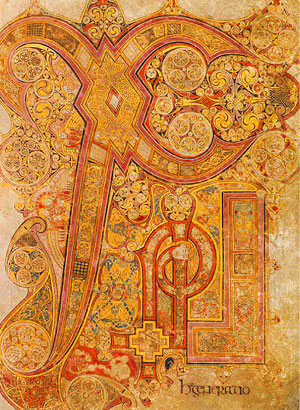In 4th Grade we have just completed our unit on Islamic art and architecture. Students learned that, just like Christian cultures during the middle ages, arabic culture's religion of Islam had elaborate illuminated manuscripts. These manuscripts were filled with bright colors and elegant calligraphy.
We also took a special look at Islamic architecture through studying the Taj Mahal in Agra, India. Students learned to recognize common features like domes, minarets, and archways.
Our final art project for the quarter was a painting of the Taj Mahal. Students learned to use rulers, one point perspective, and symmetry to create their drawings. Once they had their drawing they learned how to correctly use watercolor and mix and blend colors on their palettes. I reviewed a little color theory and briefly explained complimentary colors. Students then used purple (the compliment of yellow) to created the shadows in their Taj Mahal. I am so proud of how well these little artists followed direction and explored their own creativity. Here are a few examples of exceptional student work (so hard to choose, they were all so good!):



















































